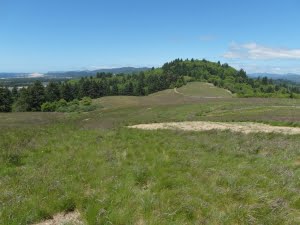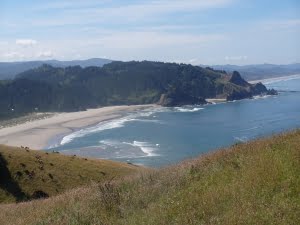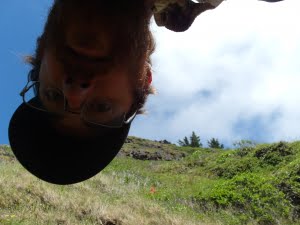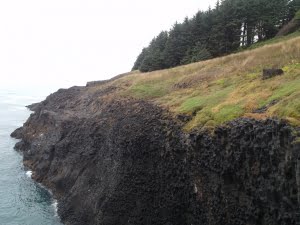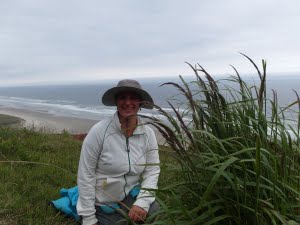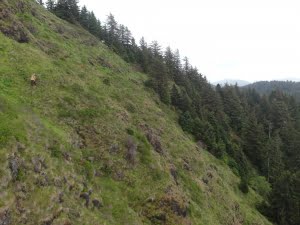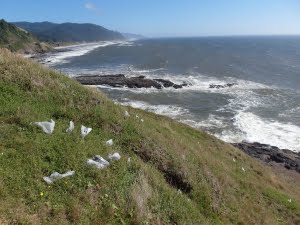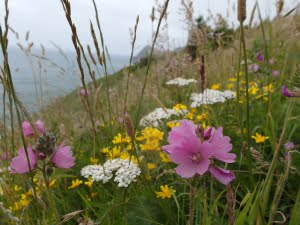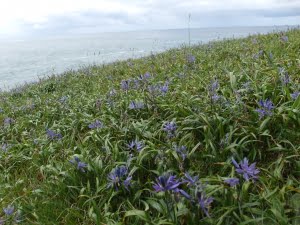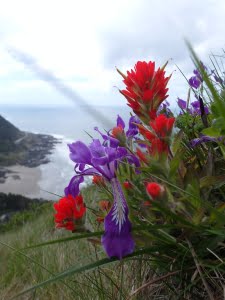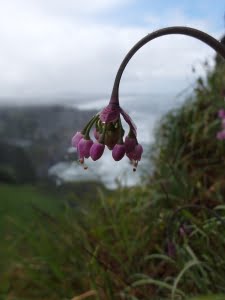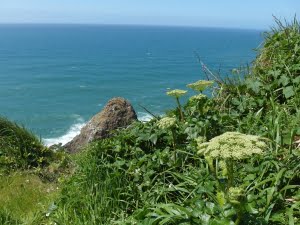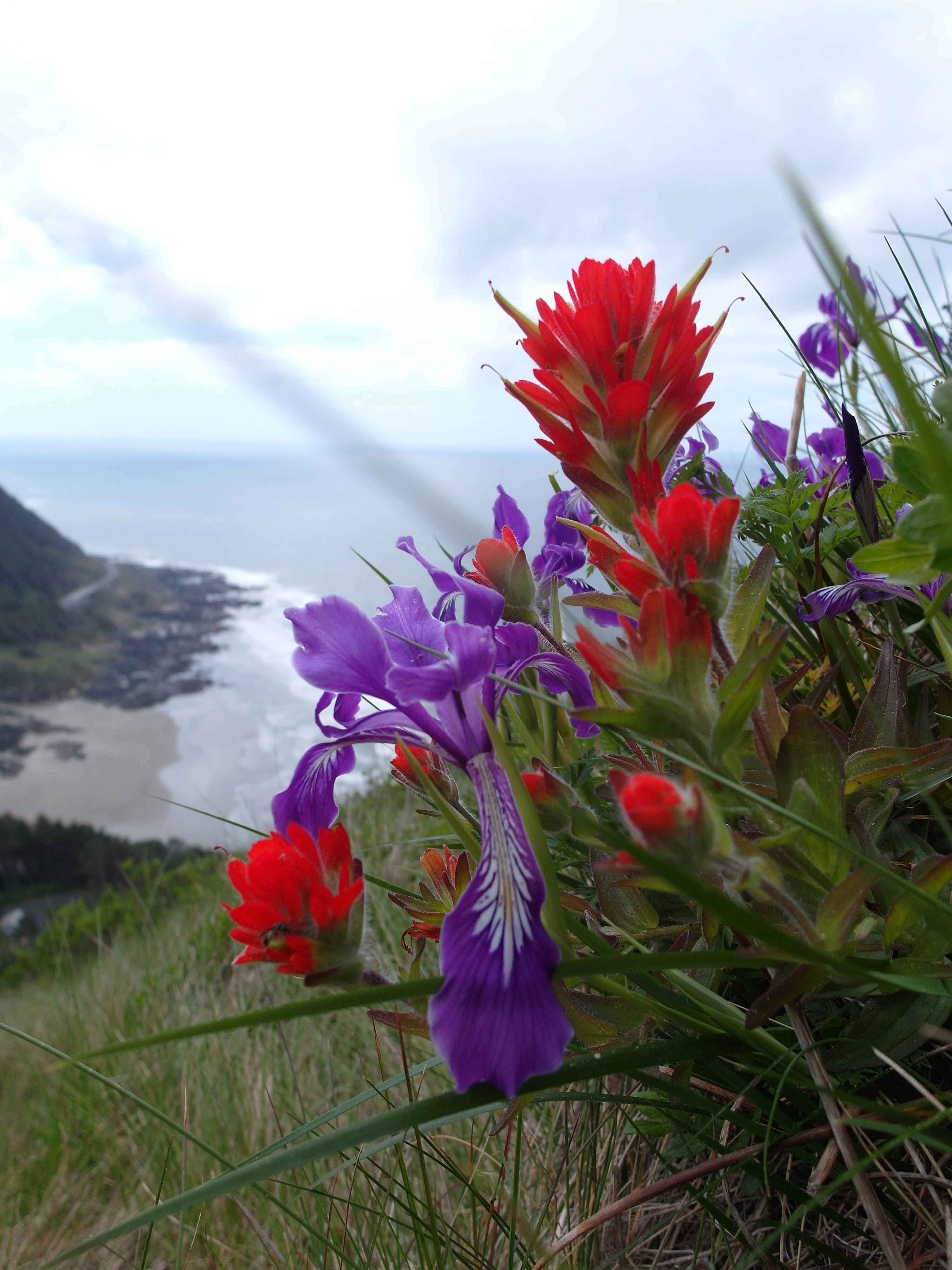
Seed Collection in Oregon’s Remaining Coastal Prairies
Starting in 2015, IAE was awarded an opportunity to engage in collecting seed of a diversity of plant species from remnant prairies on the Central Oregon Coast. The project will support ongoing restoration efforts for the Oregon silverspot butterfly (OSB) at Nestucca Bay National Wildlife Refuge near Pacific City, and will benefit other restoration sites by providing an increased diversity of native plant species for restoration.OSB is a threatened species endemic to coastal prairie habitats. Today, the species is isolated to only a handful of populations. Until this project, seed was available for restoration, but only from a limited suite of native plants. A greater diversity of plant species will increase the effectiveness of the restoration, promoting more resilient habitats that support a greater diversity of pollinators and other wildlife.
From Tillamook to Florence, about 40 remnant prairie seed collection sites were identified by assessing aerial photographs, talking with partners, drive-by-botany, and hiking in natural areas throughout the region. This project took us to some of the wildest and most beautiful locations on the Central Oregon Coast. Particular focus was placed on seeking seed of plant species whose growth habits would provide specific advantages in the restoration process. In particular, we sought plants who play well with the plant species used as the exclusive food source by OSB caterpillars, the early-blue violet (Viola adunca). We also sought seed of native annual forbs, which are particularly useful in grassland restoration as they germinate and establish quickly, filling space effectively in the initial years of a restoration project and competing with introduced species until slower-growing native perennials can become established. Other niches we hoped to fill with more diverse seed collection where those of native perennial forbs, grasses, and sedges.
In all, seed of nearly 40 species was collected. Some noteworthy species included small flowered lotus (Acmispon parviflorus), seaside paintbrush (Castilleja littoralis), Oregon iris (Iris tenax), farewell-to-spring (Clarkia amoena ssp. caurina), nodding onion (Allium cernuum), sea watch (Angelica lucida), streambank lupine (Lupinus rivularis), California bee plant (Scrophularia californica), shortspur seablush (Plectritis brachystemon), bristlystem checkermallow (Sidalcea hirtipes), and many others.
Depending on the species, seed will either be sown directly at Nestucca Bay National Wildlife Refuge, grown as plugs for transplanting to the restoration site, or grown in an agricultural setting to increase the quantity of seed available for direct seeding. The refuge is open for public visitation and the prairie restoration area can be accessed via the Pacific View Trail. Come on out and check on the progress!
Restoration
Research
Education
Get Involved
Contact
Main Office:
4950 SW Hout Street
Corvallis, OR 97333-9598
541-753-3099
[email protected]
Southwest Office:
1202 Parkway Dr. Suite B
Santa Fe, NM 87507
(505) 490-4910
[email protected]
© 2024 Institute for Applied Ecology | Privacy Policy
